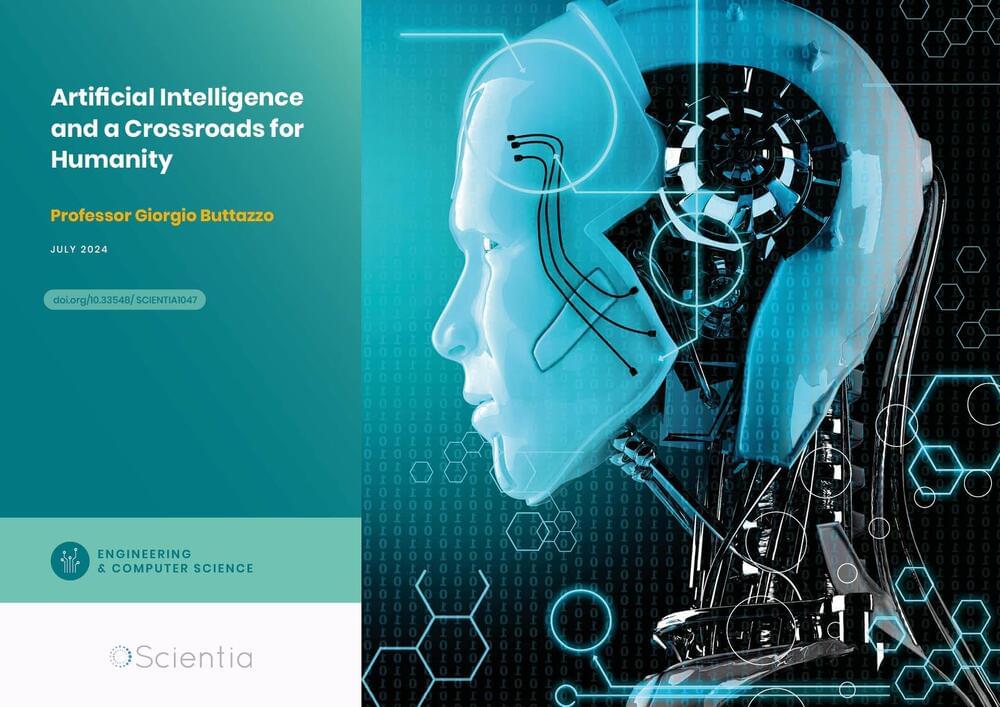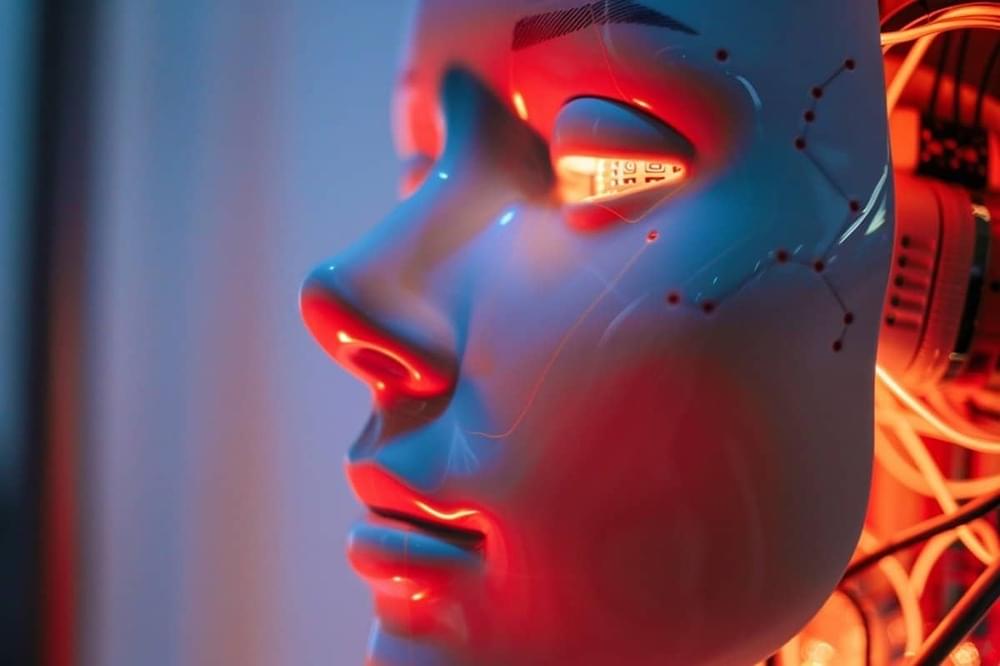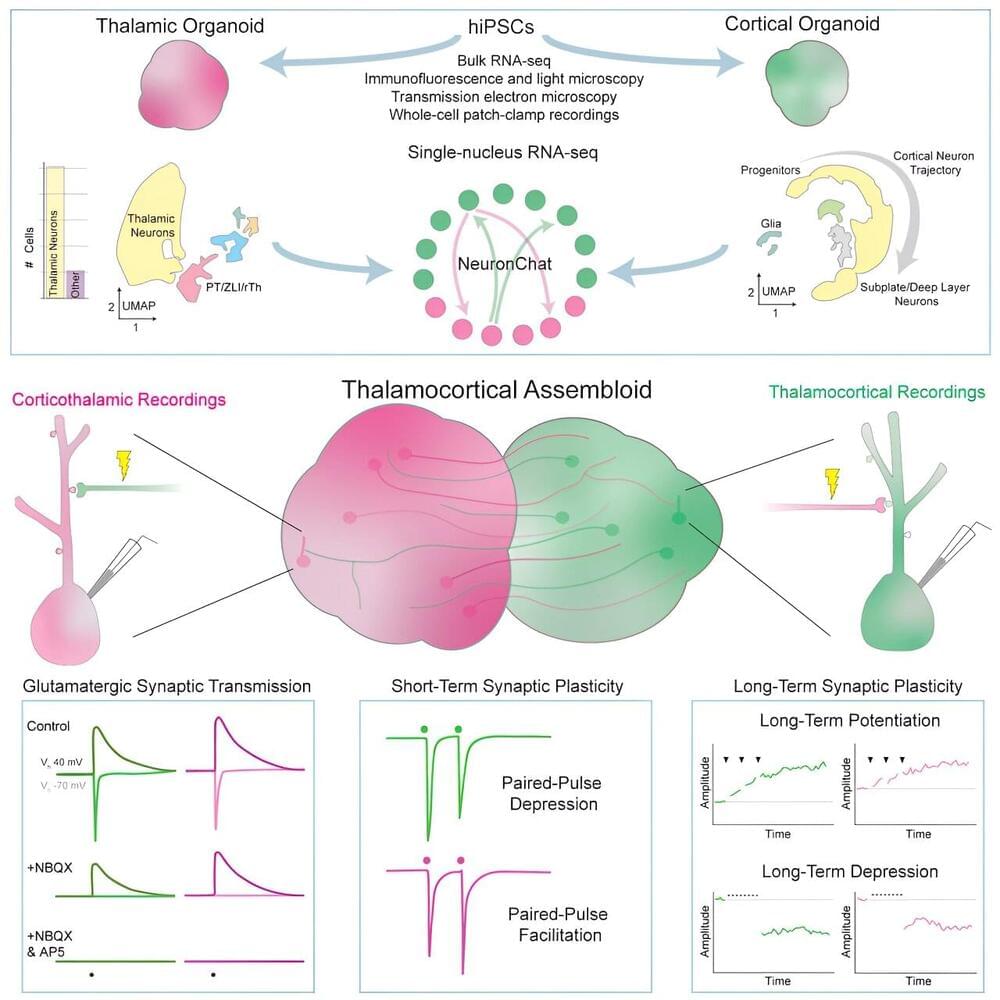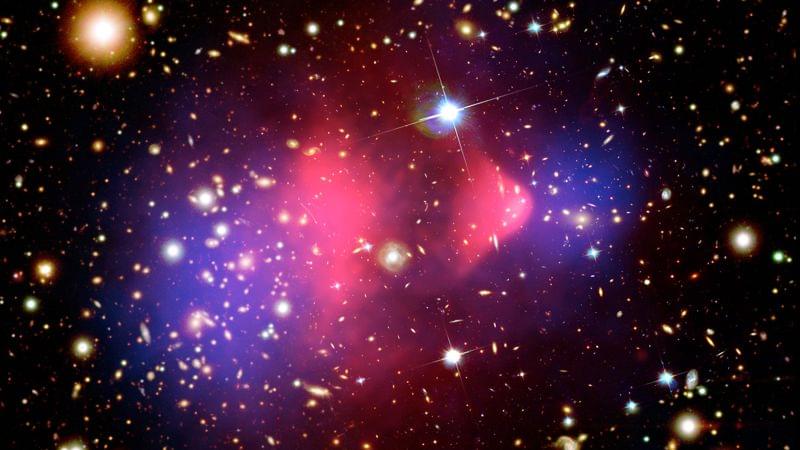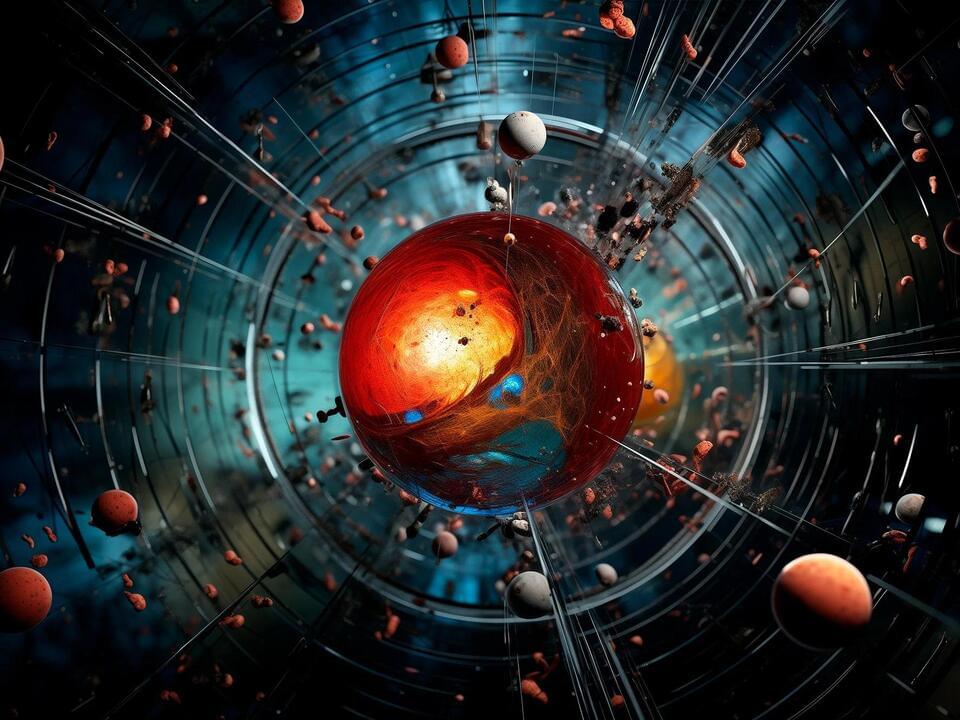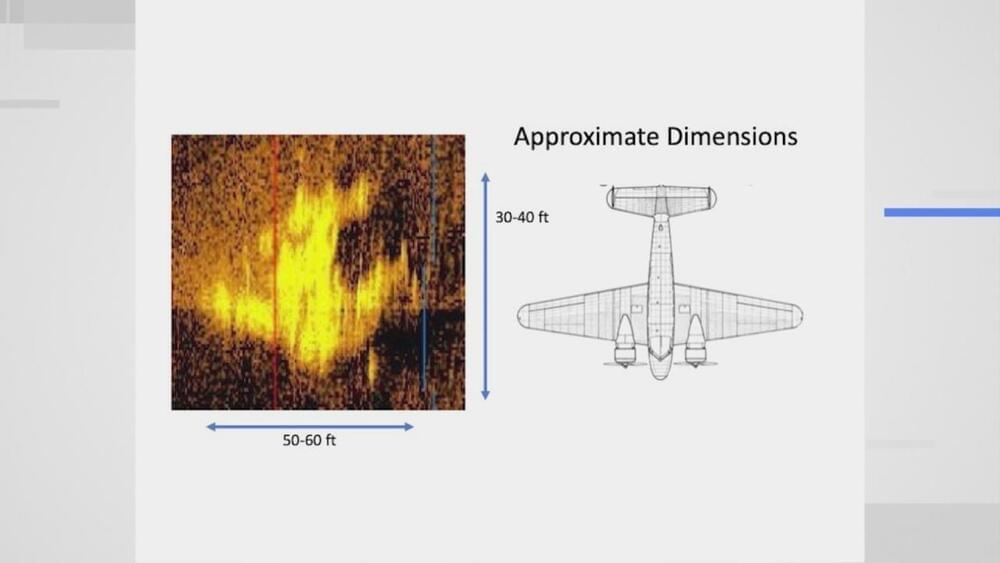Where do we stand with artificial intelligence? Might machines take over our jobs? Can machines become conscious? Might we be harmed by robots? What is the future of humanity? Professor Giorgio Buttazzo of Scuola Superiore Sant’Anna is an expert in artificial intelligence and neural networks. In a recent publication, he provides considered insights into some of the most pressing questions surrounding artificial intelligence and humanity.
A Brief History of Neural Networks and Deep Learning
In artificial intelligence (AI), computers can be taught to process data using neuron-like computing systems inspired by the mechanisms used by the human brain. These so-called neural networks represent a type of machine learning (‘deep learning’) in which interconnected nodes or neurons are able to adapt and learn from data to recognise patterns and solve complex problems.
